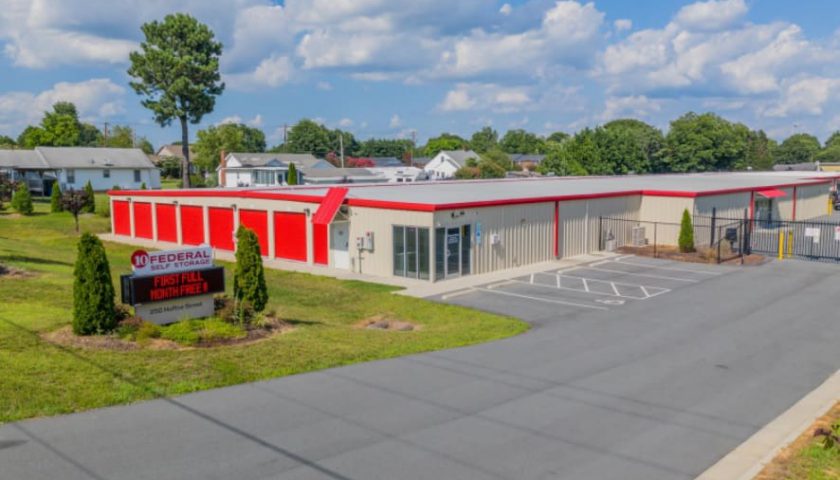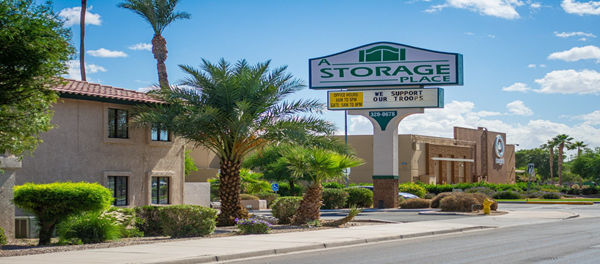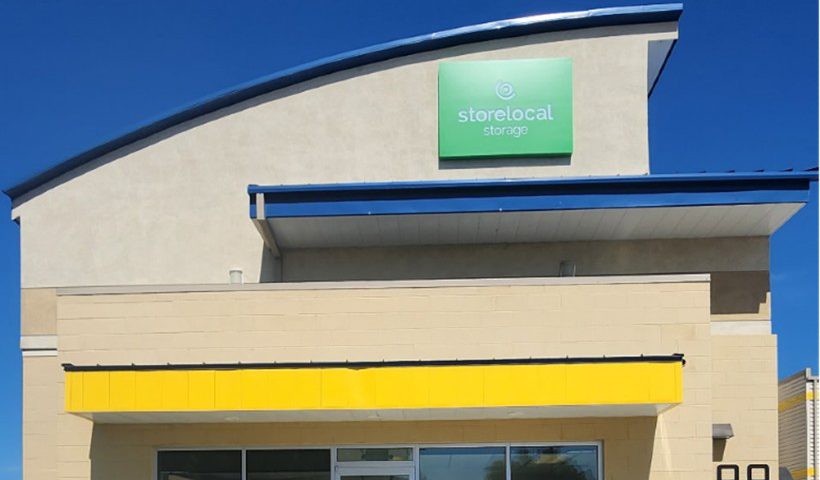In an environment with rising interest rates and inflation, the U.S. real estate market should prove resilient in sectors with pricing power, strong demand and shorter lease terms, which, have historically performed well. Real estate is an ideal place to park capital in stagflation environments, except where markets are oversupplied and lose pricing power.
Fortunately, the self storage sector isn’t oversupplied. Development activity in 2021 for self storage fell from activity levels in 2019, with $3.5 billion versus 2019’s $5.0 billion.
REITs do not anticipate significant supply challenges this year. In 2021, the self storage sector led the entire REIT universe, with a total return of 79.4% compared to an average return of 43.2% across all other equity REITs.
Commercial real estate assets could all benefit from this period of economic volatility and continue to outperform the broader equity markets due to higher inflation, the broader equity market’s exposure to technology and the REIT market’s secular demand drivers.
Floating Rate Loan Volatility and Interest Rate Caps
For those concerned with the rise in interest rates and its corresponding effect on interest rate caps, there is a not a complete correlation between interest rate changes and cap rates, so borrowers are paying attention to cash-on-cash yields. Cash-on-cash yield is most impacted by changes in interest rates and that impact can still be significant when solving for IRR.
The sharp move in higher interest rates and implied volatility over the last month has created an environment where existing interest rate caps can have significant value. The sudden increase in hedging costs might surprise borrowers unaware of the change in the hedging market, which is now pricing in 50 basis point increases for each of the next four FOMC meetings.
By Managing Director Griffin Guthneck and Director John Williamson, JLL Capital Markets





